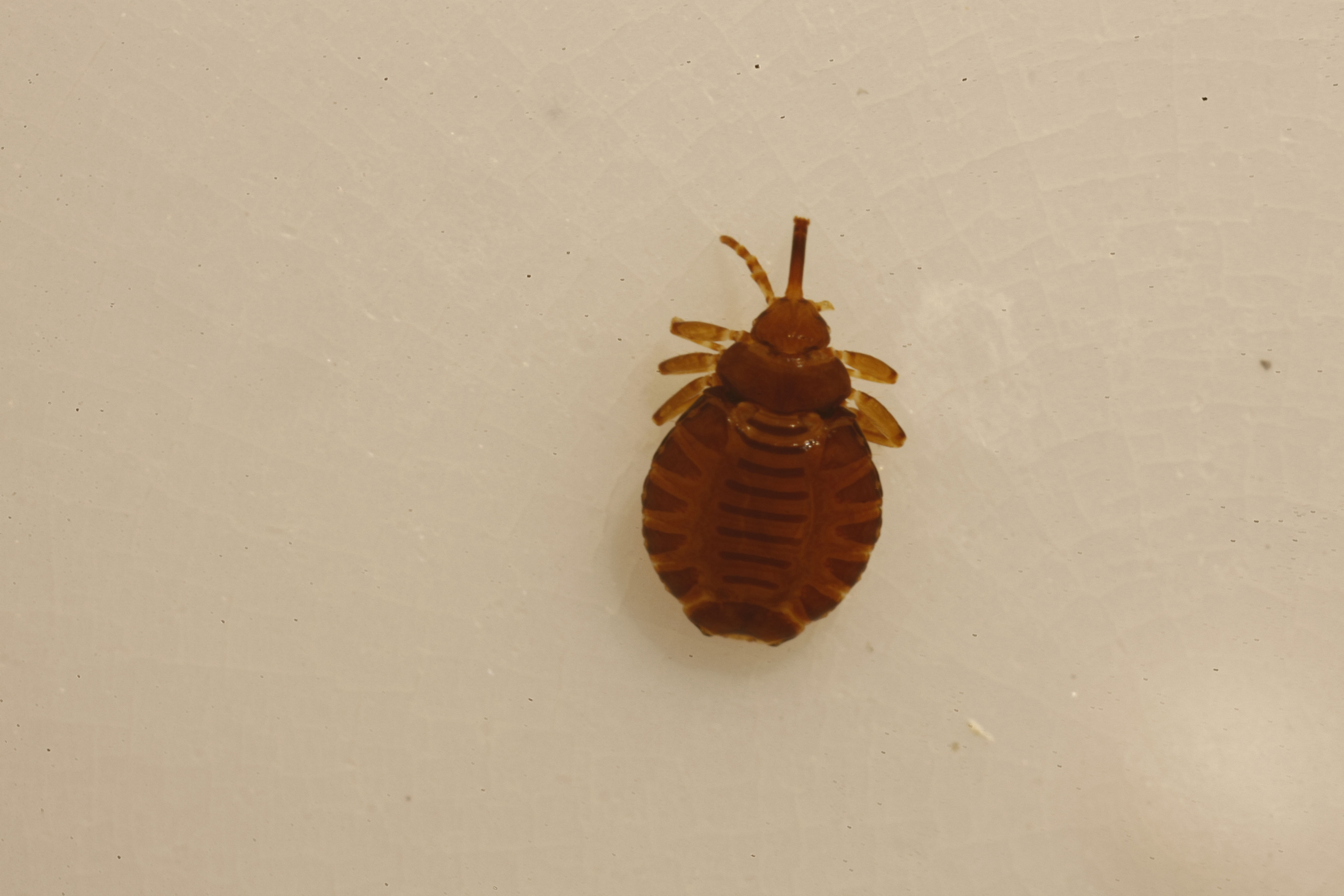Lice are understandably among the most repelled creatures.
But some of its most annoying characteristics, such as its perseverance and resistance, also explain its successful and amazing evolutionary history.
A story that goes back no less than 193 million years: these wingless parasitic insects have existed since the dinosaurs walked the Earth and most likely originated from them, since the lice of all mammals, including us, come from a avian animal, that is, a bird or dinosaur that hosted them at that time.
This is confirmed by an international team with Spanish participation that has traced their origin and has found out when and how they made the leap to mammals.
As detailed this week in the journal
Nature Ecology & Evolution
, mammalian lice first arose from the common ancestor of Afrotherians, a group of mammals that lived in the territory that is now Africa and to which elephants, hyraxes and elephant rats.
The parasites were passed from one animal species to another (from host to host) until they reached humans.
"Approximately 75 million years ago, the separation between the lice of Afrotherian mammals and the rest of placental mammals occurred. The origin of all lice is estimated to have occurred 193 million years ago," Jorge Doña Reguera explains to this newspaper. , the researcher from the Department of Zoology at the University of Granada who has co-led this research with Kevin Johnson, from the University of Illinois (USA).
"Until now, the origin of lice from placental mammals was unknown. In addition, in this work we reconstruct the codiversification history of lice and mammals using the most complete set of genomic data that has been used to date," adds Jorge Doña.
To know more
Science.
A dinosaur egg found in China reinforces the theory of its relationship with birds
Editorial: EFE Pekin
A dinosaur egg found in China reinforces the theory of its relationship with birds
Paleontology.
Tiny dinosaur preserved in amber sheds new light on bird evolution
Drafting: AMADO HERRERO Paris
Tiny dinosaur preserved in amber sheds new light on bird evolution
Their diversity is such that more than 5,000 species are currently known: "Generally
, each species of louse is associated with a single species of host,
and they are permanent parasites of animals, that is, they never leave their host and are transmitted mainly from parents and sons".
For example, elephants have their own species of lice '
Haematomyzus elephantis'.
The elephant louse ('Haematomyzus elephantis'). Stephany Virrueta-Herrera
For this reason, although more than 5,000 have been counted in total,
only two species of lice are known to affect humans
: "They belong to the genus
Pediculus
. On the one hand, there is
Pediculus humanus
, which includes two ecotypes
P. humanus humanus
- the the head, which is the most prevalent- and
P. humanus capitis
-the body or clothing louse, more infrequent and associated with poor hygiene conditions-", he explains.
And on the other hand there are the
Pthirus pubis
, the pubic lice or crabs that stick to the pubic hair or the skin of the genital area.
Head lice attach to hair to feed by sucking blood from the scalp.
They are usually found on the nape of the neck and behind the ears, and they move easily from one hair to another, although they do not jump or fly.
At this point in the article, your head may already be itching.
Despite their very long history, very few lice appear in the fossil record that allow their evolution to be studied directly: "Only one complete fossil is known,
Mesophthirus engeli
, from 100 million years ago. Also, a silhouette of a more recent louse is known ,
Megamenopon rasnitsyni,
from 44 million years ago," he says.
To carry out this research, they used DNA extracted from individual lice preserved in ethanol: "Once extracted, we sequenced the DNA and assembled 2,395 protein-coding genes, which were the ones used to infer the phylogenetic tree," the researcher reviews.
Understanding the patterns behind the diversification of parasites, the scientists say, sheds light on the very distribution of the animal species in which they live and on the evolutionary processes they have followed.
Although they seem to us to be a sign of lack of hygiene and an enemy to combat, lice have, like all species, their ecological role: "Among other things, parasites are a very important part of biomass for ecosystems, for example to other organisms that prey on them," says the researcher, who offers another example of the complexity of these relationships.
"Bird feather mites (possible permanent ectosymbionts that clean bird feathers) molt inside already hatched bird lice eggs (also bird ectosymbionts)," notes the researcher, who stresses however that "we still have a lot to learn about these systems.
MORE 'SELFIES', MORE LICE
Going back to school in September usually brings with it an increase in cases of pediculosis or lice infestation, especially among children, although in summer it is also advisable to be vigilant due to the close contact that usually occurs in camps or playgrounds.
To avoid this, the Spanish Agency for Medicines and Health Products (AEMPS) recommends not sharing hats, combs or towels and that boys and girls with long hair tie it up.
In addition, some practices such as taking
selfies
with other people have also increased cases of head lice among adolescents and adults.
Another problem is the frequent misuse of products to combat them.
The AEMPS stresses the importance of following the instructions on the packaging, not mixing different pediculicide products (it can be dangerous) and not using them preventively, as this reduces their effectiveness.
That is, you only have to use them when there are live lice or nits (their eggs).
For people who are repeatedly infested, they can try lice repellants.
Conforms to The Trust Project criteria
Know more
Environment

